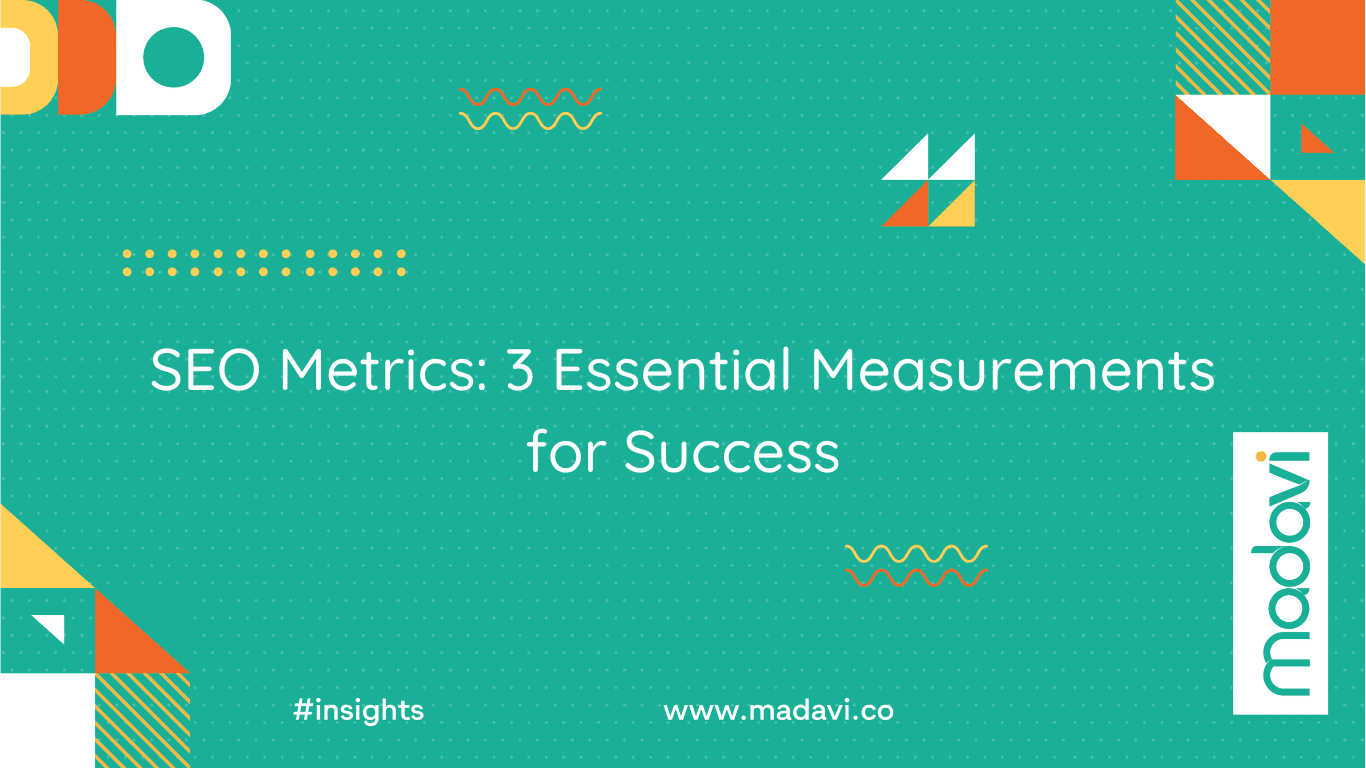Table of Contents
Search engine optimization (SEO) and its associated metrics have long been crucial to any digital marketing strategy. As the online landscape continues to evolve, incorporating SEO metrics and understanding best practices that drive growth and visibility has never been more critical. In a competitive market, effectively analyzing and responding to the data provided by SEO metrics can mean the difference between success and failure for your online presence.
Whether you’re a seasoned SEO practitioner or a newcomer, continually learning how to optimize your website and content for search engines is essential. By employing various SEO metrics and strategies, you can improve your website’s search engine rankings, drive more organic traffic, and, ultimately, enhance the user experience for your audience. However, to achieve these results, it’s crucial to understand the key metrics associated with SEO to track improvements and optimize your ongoing efforts.
As you delve into the world of SEO metrics, remember that the goals of your marketing strategy should be to improve your website’s visibility, attract quality traffic, and offer valuable content tailored to your target audience’s needs. Recognizing the importance of analyzing and understanding your SEO metrics is the first step towards a more successful online presence.

Key Takeaways
- SEO metrics are vital to online success
- Understanding critical SEO metrics helps improve website rankings and user experience.
- Analyzing and optimizing SEO metrics drive growth and visibility
Understanding SEO
Search engine optimization (SEO) increases your website’s visibility in organic (non-paid) search engine results. By optimizing your site, you can improve its rank on search engines like Google and Bing, which in turn helps attract more visitors. Here are some aspects to consider when optimizing your site:
- Keywords: Identify the right keywords that your target audience searches for. Various tools are available to help you, such as Google Keyword Planner and Ubersuggest. Include these keywords in your website’s content, title, meta description, and URL.
- Content: High-quality, relevant, and informative content is essential. Ensure that your content is:
- Unique and original
- Thorough and informative
- Updated regularly
- Organized adequately with appropriate headings and subheadings
- On-page optimization: Optimize individual components of your website, including:
- Title tags
- Meta descriptions
- Headers (H1, H2, H3)
- URL structure
- Internal and external links
- Image alt text

- Technical optimization: Ensure your website is user-friendly and easy for search engines to crawl and index. Factors to check include:
- Mobile-friendliness
- Page speed
- Secure connections (HTTPS)
- XML sitemaps
- Elimination of broken links and crawl errors
- Off-page optimization involves improving your website’s reputation and authority by building high-quality backlinks from other websites. Techniques include:
- Guest posting
- Content marketing
- Social media promotion
- Influencer outreach
| Optimizing Aspect | Action to Take |
|---|---|
| Keywords | Use research tools to identify the appropriate terms |
| Content | Create original, high-quality, and well-structured content |
| On-page Optimization | Ensure proper use of tags, headers, links, and URL structure |
| Technical Optimization | Improve mobile-friendliness, page speed, and secure connections |
| Off-page Optimization | Build backlinks through promotion and outreach |
Remember, SEO is an ongoing process and requires consistent effort and monitoring. Stay updated on the latest trends and techniques, and continue refining your approach to ensure the best possible results for your website.
Key SEO Metrics
This section will teach you three crucial SEO metrics: Click-through Rate, Bounce Rate, and Traffic Sources. Understanding these metrics will help you optimize your website and increase its visibility on search engine results pages.
Click Through Rate
Click-through Rate (CTR) is a valuable SEO metric to measure the effectiveness of your content in attracting user clicks from search engine result pages. To calculate CTR, divide the number of clicks on your page by the number of impressions (times your page was shown in search results) and multiply the result by 100 to get a percentage. Here’s a formula to do so:
CTR = (Clicks / Impressions) * 100
To improve your CTR:
- Craft compelling meta titles and meta descriptions for your pages.
- Create quality content that matches the user’s search intent.
- Target the right keywords to rank for.
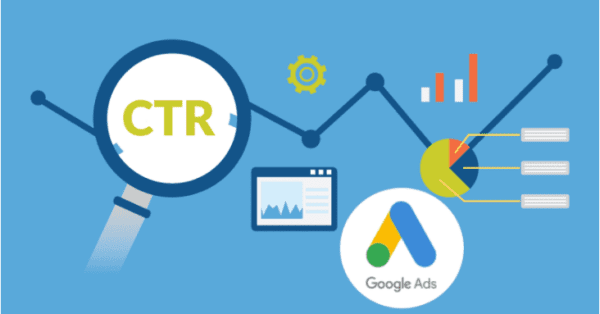
Bounce Rate
Bounce Rate is the percentage of visitors who leave your website after viewing only one page. As an SEO metric, a high bounce rate could indicate that your content is not engaging enough or does not meet user expectations. To calculate the bounce rate, follow this formula:
Bounce Rate = (Single Page Visits / Total Visits) * 100
To lower your bounce rate:
- Ensure quick page load times for a better user experience.
- Produce relevant and engaging content to retain visitor interest.
- Use straightforward navigation to encourage exploration of other pages on your site.
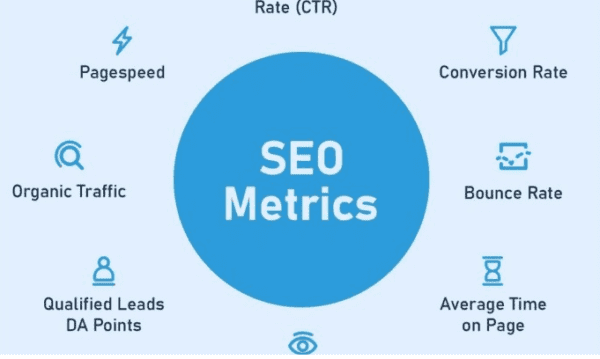
Traffic Sources
Understanding where your website traffic comes from is crucial for optimizing your content and identifying growth opportunities. Traffic sources as an SEO metric are generally categorized into four main groups:
- Organic Search: Visitors coming from search engine results.
- Direct: Visitors who enter your website’s URL directly into their browser.
- Referral: Visitors who find your site through links from other websites.
- Social: Visitors coming from social media platforms.
You can use tools like Google Analytics to track and analyze traffic sources. By doing so, you can identify areas of success and opportunities for improvements in your strategy.
Importance of SEO Metrics

Quality of Traffic
SEO metrics best practices require you to focus on the quality of traffic. This refers to attracting a targeted audience with a higher potential to convert. A high-quality traffic source can help you reach your target audience easier and build meaningful connections. To assess traffic quality, you can consider SEO metrics such as:
- Bounce rate: A low bounce rate indicates your content is relevant and engaging.
- Pages per session: A higher number of pages viewed per session implies that visitors find your content valuable.
It’s essential to constantly monitor and improve these SEO metrics to ensure the effectiveness of your efforts.
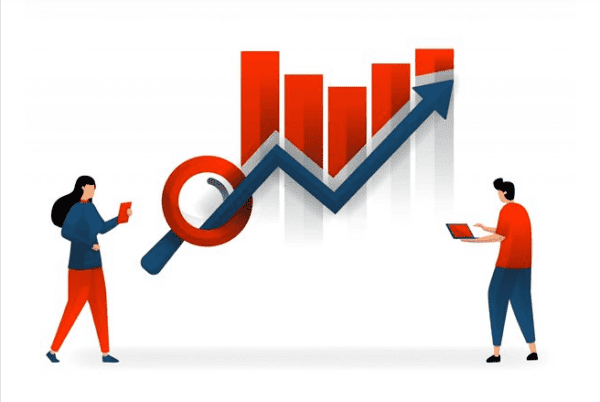
Conversation Rate
Conversion rate helps you measure how well your website turns visitors into customers. To improve this crucial SEO metric, you can:
- Optimize your landing pages for conversions
- Utilize call-to-actions effectively
- Enhance the loading speed of your website
- Use A/B testing to find the best-performing layouts
An increase in conversion rate demonstrates that your SEO metrics best practices are generating better results and positively impacting your bottom line.
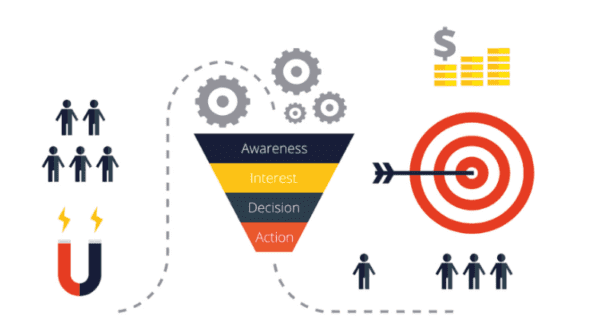
Organic Rankings
Your SEO metrics directly influence your website’s organic ranking on search engines. High-ranking websites are perceived as more credible, thus attracting more traffic. Important SEO metrics contributing to your organic rankings include:
- On-page SEO: Use relevant keywords, optimize meta tags, and ensure proper formatting of your content
- Off-page SEO: Obtain high-quality backlinks from authoritative sites, engage in social media marketing, and register on local directories
By continuously monitoring and fine-tuning your SEO strategy, you can improve your website’s organic ranking and enjoy increased visibility among your target audience.
Tools for SEO Metrics
Google Analytics
When using SEO metrics, Google Analytics is essential for analyzing your website’s performance and user behaviour. Create a Google Analytics account and integrate it with your website. Some of the key metrics you can measure include:
- Bounce Rate: Measures the percentage of visitors who leave your site after viewing just one page. Aim for a lower bounce rate to indicate better user engagement.
- Sessions: Shows the total number of visits to your site during a specific period.
- Average Session Duration: Provides insight into how long visitors spend on your site, which can help you assess content quality and engagement.
Furthermore, Google Analytics offers goal tracking customized to your specific productivity targets, like newsletter sign-ups or purchases. Don’t forget to monitor traffic sources; this can help optimize your SEO and improve your marketing efforts.
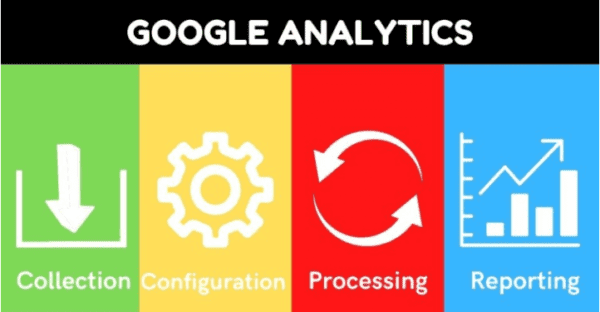
SEMrush
SEMrush is a comprehensive suite of tools that can help you monitor your SEO metrics, your site’s performance, and much more. To get started with SEMrush, create an account and connect your website. A few key features include:
- Keyword Research: Find high-ranking, low-competition keywords to target in your content.
- Site Audit: Check for and resolve technical issues that might harm your SEO efforts.
- Backlink Analysis: Analyze your site’s backlink profile and identify opportunities to acquire high-quality links.
For estimating the performance of your site and its content, SEMrush provides several essential SEO metrics, such as:
- Organic Traffic: Track the number of visitors arriving at your site from search engines.
- Keyword Position: Monitor the ranking of your targeted keywords to assess the effectiveness of your optimization strategies.
Coupling Google Analytics and SEMrush will allow you to gather valuable insights, optimize your content, and make informed decisions on your site’s SEO metrics and overall strategy. Continuously monitor and tweak your approach to stay ahead of the game and achieve the best results for your website.
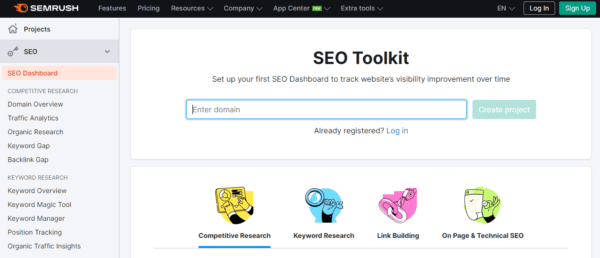
Improving SEO Performance
Content Optimization
To enhance your SEO performance, focus on content optimization. Start by conducting keyword research to identify the most relevant and high-traffic keywords for your target audience. Use these keywords naturally throughout your content, including in headings, subheadings, and image alt tags.
Create valuable, informative, and engaging content that appeals to your users and resolves their search queries. The importance of using quality content cannot be overstated. Incorporate a variety of content types, such as:
- Blog posts
- Infographics
- Videos
- Whitepapers
This mix can keep your users engaged and increase website dwell time, another metric that search engines use to evaluate your site quality.
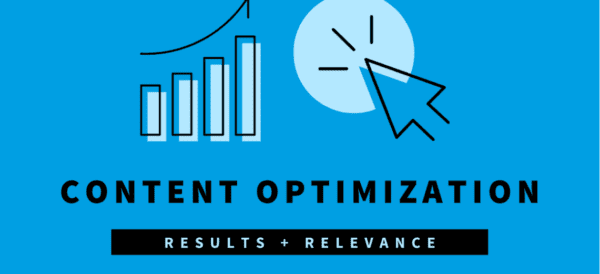
Mobile Optimization
As more users access websites through mobile devices, it is crucial to have a responsive website design that works effectively on different screen sizes and devices. Mobile optimization is a vital factor for both user experience and SEO ranking. Here are a few critical aspects to consider for mobile optimization:
- Page speed: Optimize images and use caching techniques to improve page load time.
- Layout and design: Ensure easy navigation, sufficient spacing, and readability on mobile screens.
- Keep forms simple: Limit the number of fields and allow autofill options for a smoother user experience.
Utilize Google’s Mobile-Friendly Test tool to assess your website’s mobile optimization and get suggestions for improvement.

Site Architecture Optimization
Optimize your website’s architecture to enable search engines to crawl and index your content efficiently. Consider the following points to improve your site architecture:
- URL structure: Use descriptive, keyword-rich URLs that convey the content’s topic
- Internal linking: Connect related content through strategically placed internal links
- Sitemaps: Create XML sitemaps to help search engines understand and crawl your site more effectively.
A well-optimized site architecture boosts your chances of higher search ranking and improves your site’s usability for its visitors.
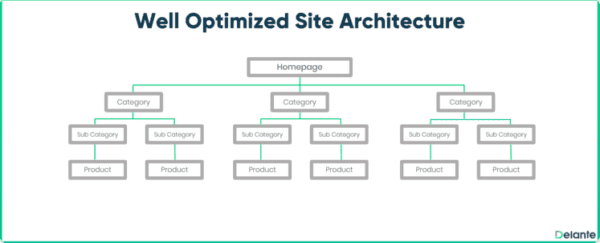
Take these steps to improve your SEO performance, and you will be on your way to digital marketing success.


